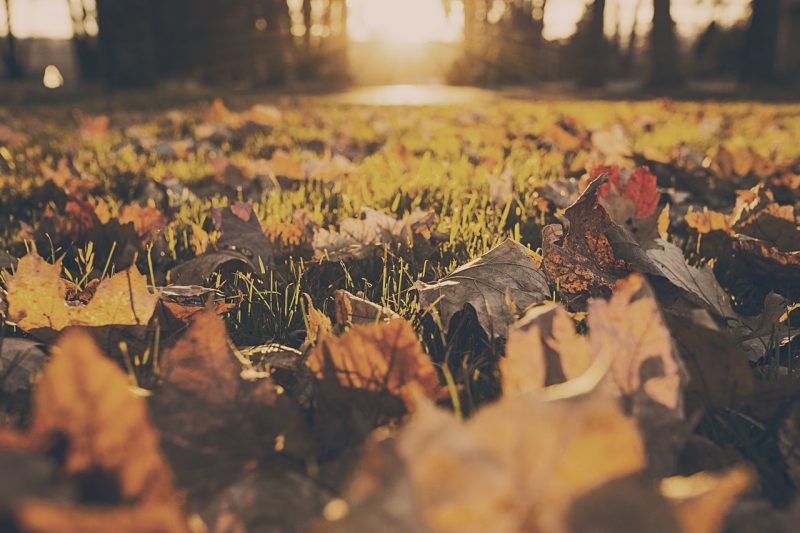
As the season changes from summer into fall, different methods of lawncare are needed to ensure healthy grass for the following year. Following a few simple steps in the autumn will make certain that once the snow melts the following spring, your lawn will have a healthy start. Here are the top tips for autumn lawncare to guarantee a healthy lawn come springtime.
Test For Nutrients and pH Balance
Testing your soil for proper pH and nutrient balance will give you a good idea of where to begin with your fall lawn maintenance. Sending a soil sample to a professional tester is cheap and easy while giving you the necessary information on what your lawn needs. pH levels are easily balanced by the addition of limestone or sulfur, while nutrient imbalances can be corrected with fertilizers of varying nitrogen, phosphorus and potassium levels.
Aerate And Reseed
Once you have the pH and nutrient levels of your lawn properly adjusted, an aeration and reseeding program can be implemented. Aeration is the process of punching holes in the lawn using a tool such as a core aerator which pulls small plugs of soil and grass out of the ground. This allows air to reach the roots while promoting nutrient and water penetration. If there are areas of your lawn that have died off, now is the time to apply more seed to give it a chance to root before winter arrives.
Mow The Lawn
You should continue to mow your lawn until the first snowfall. Keeping the grass blades short allows the autumn sunshine to promote a last spurt of root growth. Short grass also fares better under the snow than longer blades
Spread Out The Mulch
Giving any mulch a good raking will spread it out and make sure that it leaches nutrients into the ground without smothering the lawn itself. This process of turning the mulch also promotes its degradation by exposing different layers to the air and ground allowing microbes and worms to do their jobs. A thin layer of mulch will hold in soil moisture while protecting the grass roots from the snow and cold.
